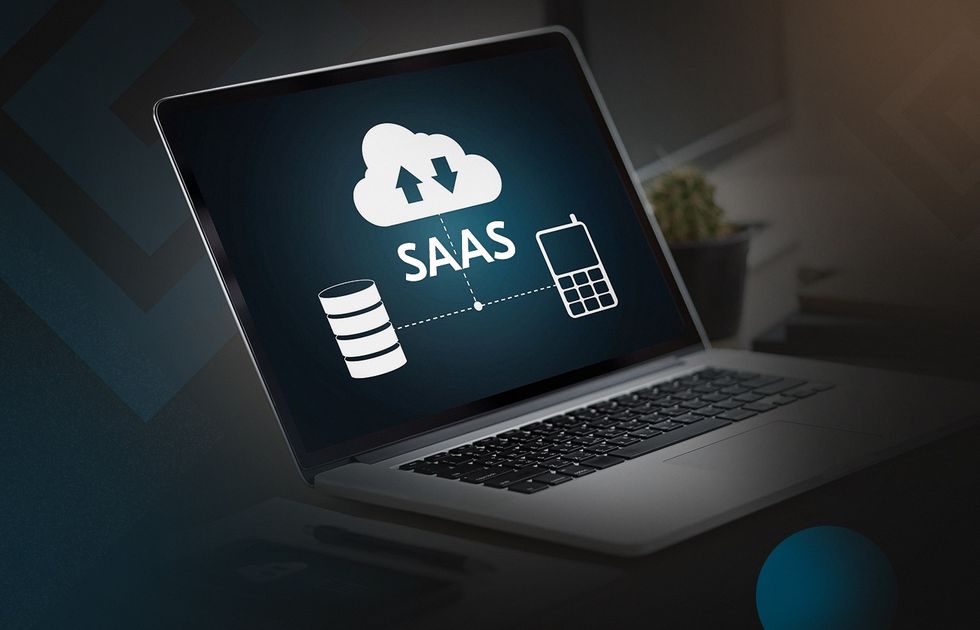The financial technology (Fintech) landscape is undergoing a dramatic transformation, driven by an accelerating pace of innovation. From how we manage our money to how we invest and secure our assets, fintech apps are constantly evolving to meet the demands of an increasingly digital-first world. At the forefront of this revolution are three powerful trends: AI Risk Assessment, Real-Time Analytics, and Web3. These technologies are not just enhancing existing services but are fundamentally reshaping the future of finance.
AI: Smarter, Safer, and More Personalized Financial Experiences
Artificial Intelligence (AI) has emerged as a cornerstone of modern fintech app development, empowering companies to offer more intelligent, secure, and personalized financial services.
- Enhanced Risk Assessment: AI is revolutionizing how financial institutions assess risk. Traditional credit scoring models are being augmented by AI-powered systems that analyze vast amounts of alternative data – from transaction history and utility payments to digital footprints – to provide more accurate and inclusive credit decisions. This allows for instant loan approvals and more accessible financial services for previously underserved populations. AI also plays a critical role in fraud detection, analyzing transactional patterns in real-time to identify anomalies and flag suspicious activity, significantly reducing the risk of fraudulent transactions.
- Hyper-Personalization: AI algorithms are at the heart of personalized financial management. By analyzing user behavior, spending habits, income patterns, and financial goals, AI-driven apps can offer tailored recommendations for budgeting, saving, and investing. Imagine an app that proactively suggests ways to optimize your spending or alerts you to investment opportunities perfectly aligned with your risk tolerance. AI-powered chatbots and virtual assistants are also providing 24/7 customer support, offering instant answers and guidance, making financial interactions more intuitive and user-friendly.
Real-Time Analytics: The Power of Now in Finance
In the fast-paced world of finance, immediacy is key. Real-time analytics is enabling fintech apps to process and act on data as it’s generated, leading to smarter operations, improved security, and unmatched personalization.
- Instant Decisions and Actions: Real-time data processing allows for instantaneous insights into customer behavior, transaction anomalies, and market trends. This is crucial for applications like real-time credit scoring, instant loan approvals, and dynamic pricing. Imagine a system that can approve a loan in milliseconds based on live financial data, or a trading platform that reacts instantly to market fluctuations.
- Proactive Fraud Prevention: With financial fraud on the rise, real-time analytics is an indispensable tool for security. Systems can instantly collect and analyze payment details, checking for patterns and detecting unusual activity. This allows for immediate flagging or blocking of suspicious transactions, protecting both users and financial institutions.
- Dynamic Personalization and Engagement: Real-time analytics enables fintech companies to craft loyalty programs that adapt to user behaviors instantly, trigger rewards or incentives immediately after certain actions, and gamify financial goals with live progress tracking. This fosters deeper user engagement and builds trust by helping users make informed decisions in the moment.
Web3: Decentralizing and Democratizing Finance
Web3, with its emphasis on decentralization, blockchain technology, and user ownership of data, is set to usher in a new era for fintech app development, promising greater transparency, efficiency, and financial inclusivity.
- Decentralized Finance (DeFi): DeFi applications, built on blockchain networks, allow users to access financial services like lending, borrowing, and trading without relying on traditional intermediaries like banks. This can lead to lower costs, faster transactions, and increased accessibility, especially for the unbanked and underbanked populations.
- User Ownership and Control: Web3 empowers users with greater control over their digital data and assets. Through tokenization and smart contracts, users can have direct ownership of their investments and participate in peer-to-peer transactions with enhanced security and transparency.
- Increased Transparency and Security: Blockchain’s immutable and distributed ledger provides a verifiable record of all transactions, significantly increasing transparency and reducing the risk of fraud. Smart contracts automate agreements, removing the need for intermediaries and streamlining digital transactions. While regulatory hurdles and scalability remain challenges, Web3’s potential to revolutionize cross-border payments and create new forms of digital assets is immense.
The Road Ahead
The convergence of AI, real-time analytics, and Web3 is creating a fertile ground for unprecedented innovation in fintech app development. We can expect to see:
- AI-driven smart contracts: Optimizing blockchain-based transactions and making them even more efficient and responsive.
- Enhanced RegTech solutions: AI and real-time analytics will continue to be crucial in helping fintech companies navigate complex regulatory landscapes and ensure compliance.
- More integrated and “super apps”: Combining multiple financial services into a single, seamless platform, driven by intelligent automation and personalized insights.
- Greater financial inclusion: Leveraging these technologies to provide access to financial services for a broader global population.
As these trends mature, fintech apps will become even more intuitive, secure, and integral to our daily financial lives, transforming how we interact with money and paving the way for a truly digital and democratized financial future.




